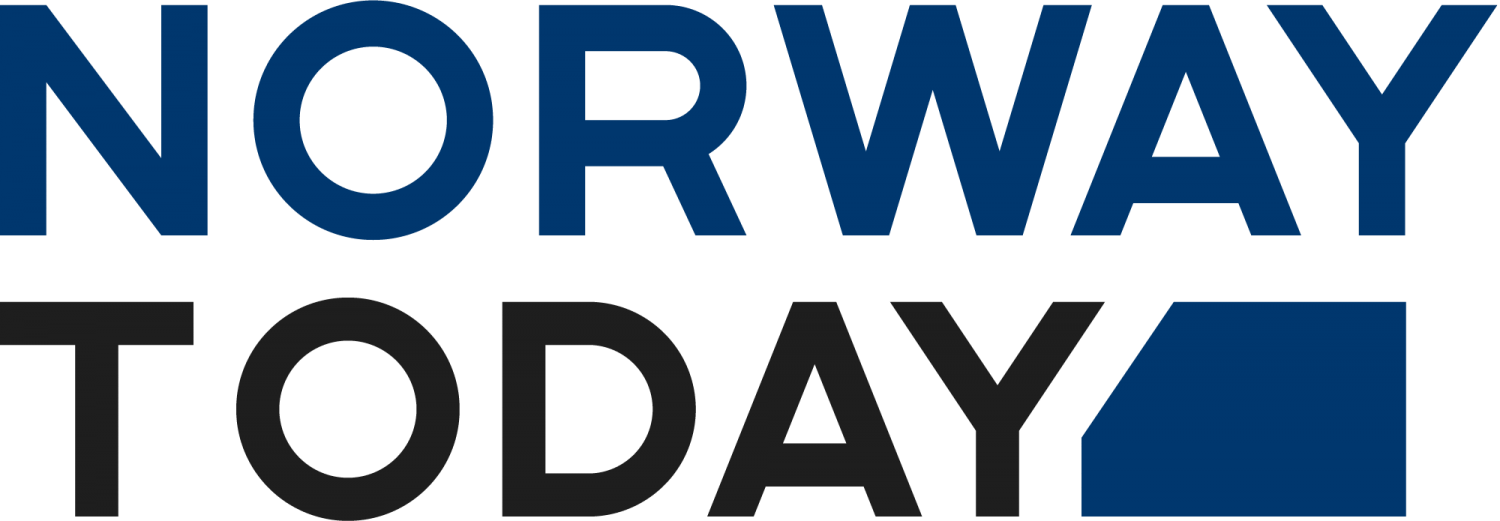Navigating federal safety regulations may not sound glamorous, but for motor carriers, compliance with FMCSA and DOT rules is essential to avoid fines and shutdowns. Here’s a streamlined guide to turn complex requirements into actionable steps https://truckstaff.us/services/company-setup-and-fmcsa-services/.
Before diving into the specifics, it’s important to recognize that FMCSA and DOT regulations exist not to hinder your operations, but to safeguard your drivers, vehicles, and the communities you serve. By building a strong compliance foundation from day one, you’ll not only avoid costly penalties and operational disruptions but also foster a culture of safety and professionalism across your entire fleet.
1. Identify Applicable Rules
Determine whether you operate interstate or intrastate. Vehicles over 10,001 lb fall under FMCSA oversight; lighter vehicles must still meet DOT safety standards. Create a matrix: list each regulation alongside your vehicle types, routes and cargo.
2. Monitor Driving Hours & Leverage Data
Adhere to Hours-of-Service limits (11 h driving in a 14 h window, breaks after 8 h, 60/70 h weekly). Deploy ELDs to automate HOS tracking. Simultaneously capture telematics (harsh braking, speeding, idle time) and feed it into FMCSA’s SMS dashboard. Hold regular reviews of violations and implement corrective-action plans to nip risky behaviors in the bud.
3. Support Drivers: Qualification & Testing
Assemble and maintain Driver Qualification Files with Motor Vehicle Records from all states, required CDL endorsements and annual medical checks. Automate expiration reminders. At the same time, run a full FMCSA drug & alcohol testing program (pre-employment, 25 % drug/10 % alcohol random pools, post-accident, reasonable-suspicion and return-to-duty) via a third-party administrator.
4. Keep Vehicles Inspection-Ready
Drivers complete and sign off on Daily Vehicle Inspection Reports each shift. Align preventive-maintenance schedules with manufacturer guidelines, log every defect and repair immediately in a central system—so inspectors never find “outstanding” issues.
5. Audit & Continuously Improve
Conduct mock audits using official checklists and train staff in professional, courteous interactions with inspectors. After each review—pass or fail—revise procedures to close any gaps. This continuous-improvement approach builds accountability and reduces risk during real roadside inspections.
By mapping obligations, embracing technology and keeping meticulous records, carriers can convert regulatory demands into a competitive advantage—and keep their wheels—and their business—rolling.
